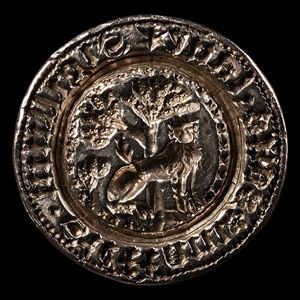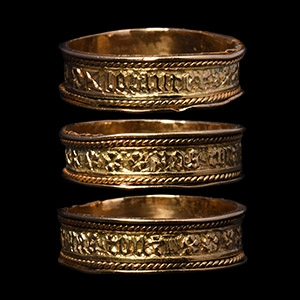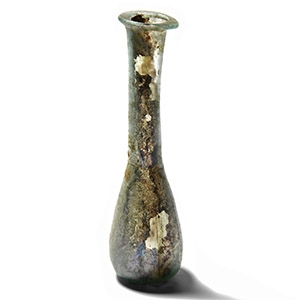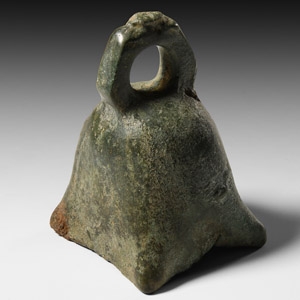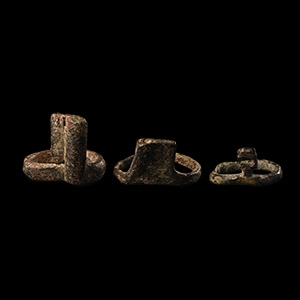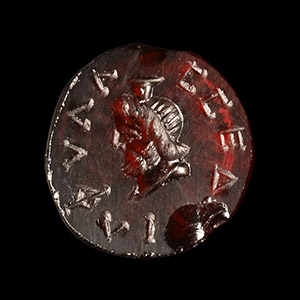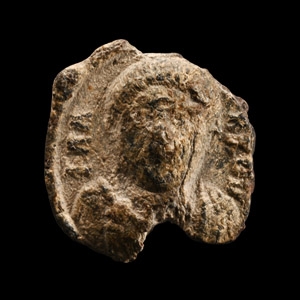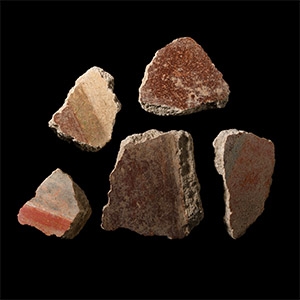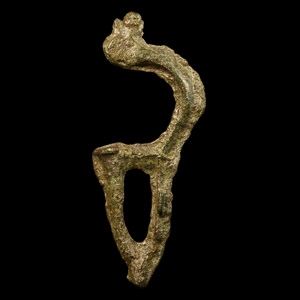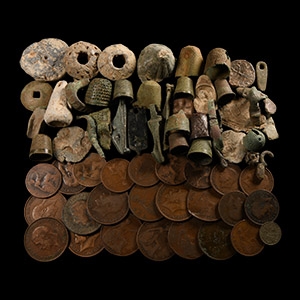Home > Auctions > 21 - 25 February 2023
Ancient Art, Antiquities, Natural History & Coins
Auction Highlights:
Acquired early 2000s.
Property of a Birmingham, UK, collector.
Property of an Essex, UK, gentleman.
French collection, 1960s-early 2000s.
From an important Paris gallery, France.
Acquired 1970-2000s.
Ex Abelita family collection.
Acquired before 2000.
From the collection of a European gentleman living in the UK.
Cf. The Metropolitan Museum, New York, accession numbers 98.11.34; 89.4.2429 and 89.4.1614, for similar.
The Romans used bells in ritual and secular contexts, when they could be suspended from the necks of animals, worn for talismanic protection or as anklets by servants.
Acquired in the 1970s.
Important European collection.
Acquired before 1988.
Ex family collection, by descent, Geneva.
Cf. Henig, M. and MacGregor, A., Catalogue of the Engraved Gems and Finger-Rings in the Ashmolean Museum. II. Roman, Oxford, 2004, no. 1.104, for a parallel.
Serapis was a Graeco-Egyptian god, whose cult was popularised during the 3rd century B.C. on the orders of Ptolemy I of Egypt, to facilitate the religious syncretism of his kingdom. During the Roman Empire his image was widely diffused in the east. Usually a third of these gems carry magical words which shows that they were used as amulets or for some other ritual purpose. These magical gems were inscribed with acclamations or prayers that suggest they were used as amulets for protection (in this case of Serapis) or to acquire charm, but only some of them can be linked with some divinatory or prophylactic purpose.
Acquired in the 1970s.
Important European collection.
Cf. Beutler, F. et al., Der Adler Roms. Carnuntum und der Armee der Cäsaren, Bad-Deutsch Altenberg, 2017, items 625-630, for type.
Lead seals were used to seal documents. The sealing shows a facing male head with a bearded face, probably the portrait of a Roman emperor or a high imperial functionary, like a Dux or a Praefectus. The hairstyle is that of the Dominate, or late 3rd century AD.
Acquired in the 19th century.
Jeger collection, Switzerland.
Property of an English gentleman.
See Casa Dell’Ara Massima or House of Pinarius or Casa di Narcisso, VI.16.15 Pompeii, excavated 1903.
Acquired in the 1970s.
Important European collection.
Found UK.
Ex property of a Nottingham, UK, collector.
Acquired before 2000.
From the collection of a European gentleman living in the UK.
Acquired before 2000.
From the collection of a European gentleman living in the UK.
397 - 408 of 2116 LOTS


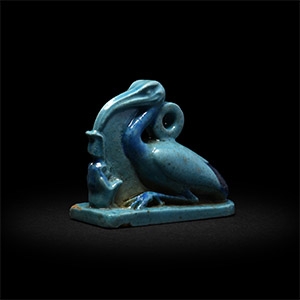



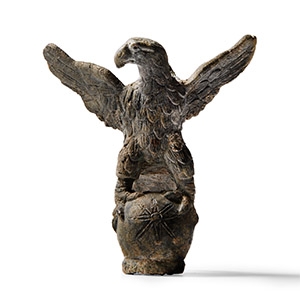
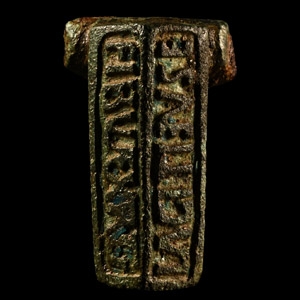

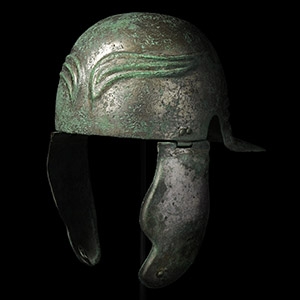
.jpg)
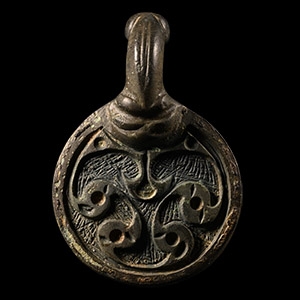
.jpg)
